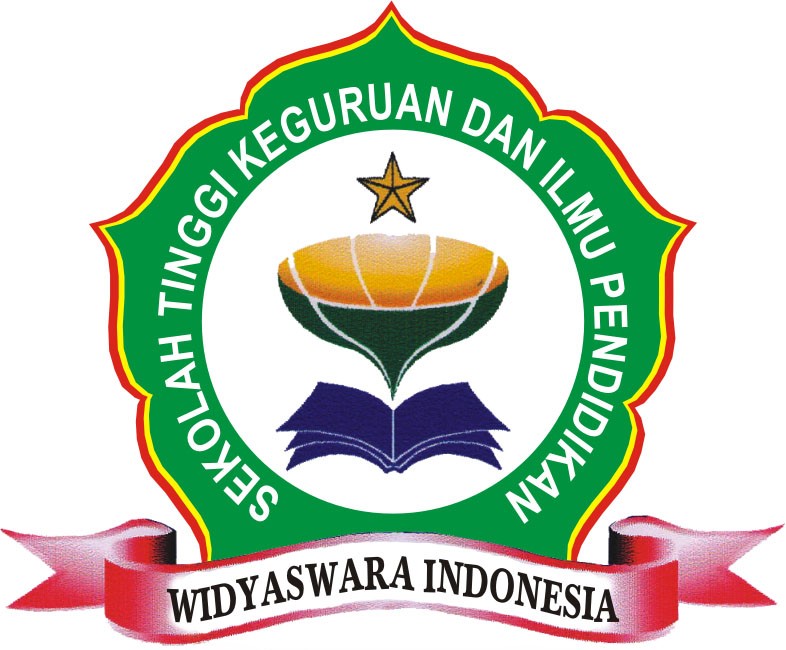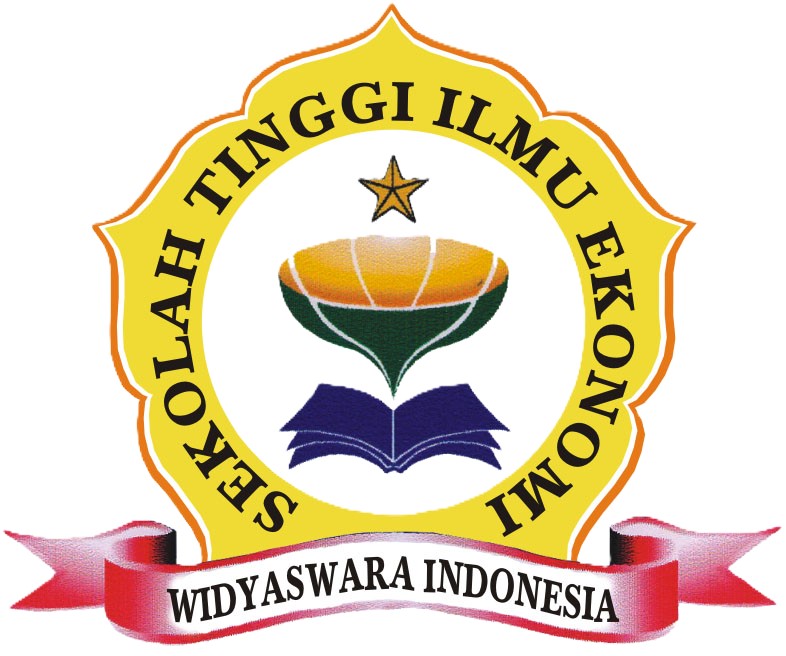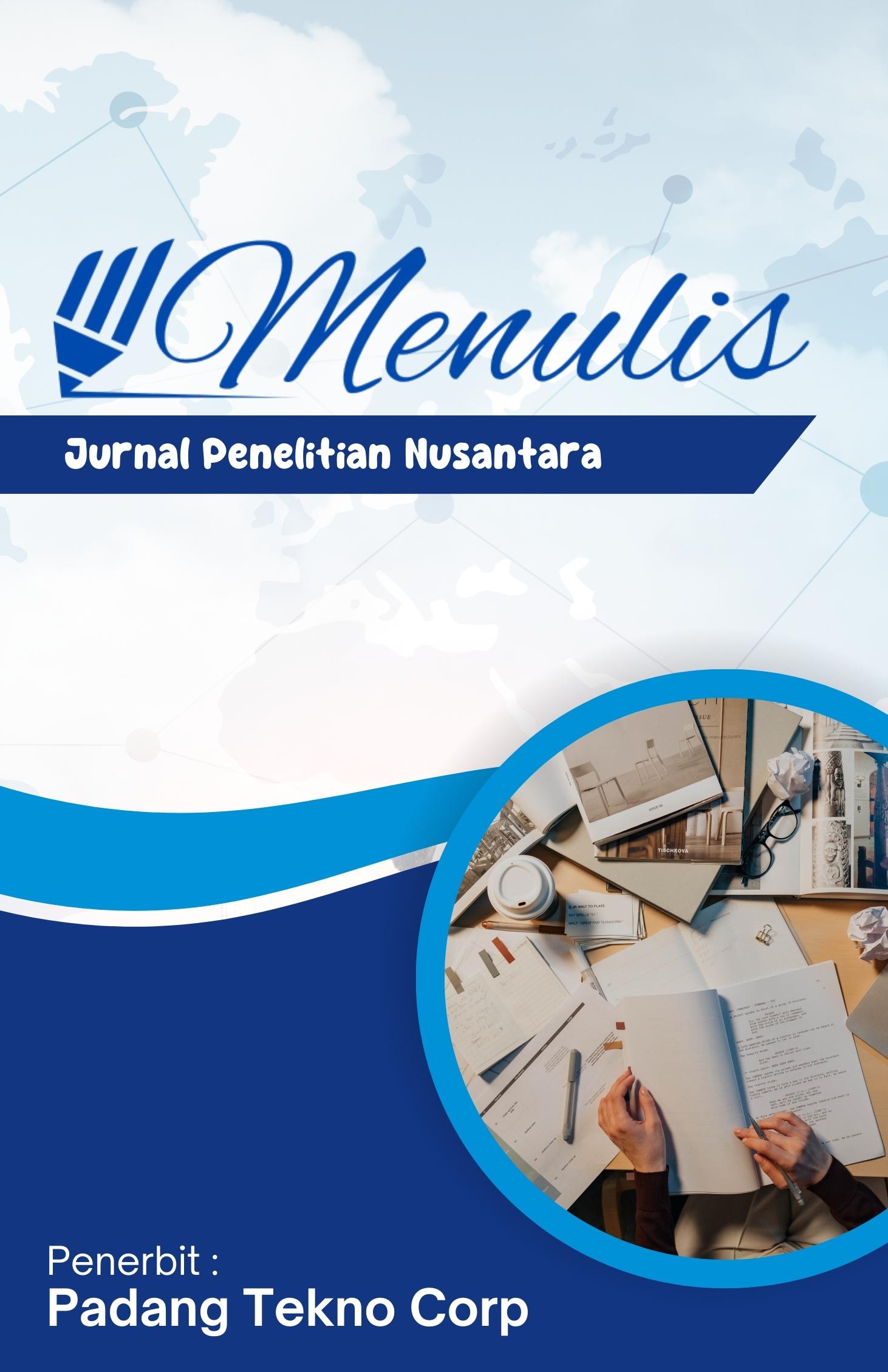Studi Perbandingan Efek Antikonvulsan Obat Antiepilepsi Sintetis dan Centella asiatica pada Model Kejang yang Diinduksi Strychnine pada Tikus
Main Article Content
Haryanto
Asmarani Ayuning Putri
Musdalifah
Nurul afivah Syan
Suci Rahmadani
Khairunnisa Tadjuddin
Agung Tri Satrio
Epilepsi merupakan gangguan neurologis kronis yang ditandai oleh kejang berulang akibat aktivitas neuronal berlebih. Meskipun obat antiepilepsi sintetis seperti pregabalin, gabapentin, diazepam, dan fenitoin banyak digunakan, efek samping jangka panjang mendorong pencarian alternatif alami yang lebih aman. Penelitian ini bertujuan membandingkan efektivitas antikonvulsan dari obat sintetis dan ekstrak herbal Centella asiatica (pegagan) menggunakan model kejang akibat striknin pada mencit jantan. Substansi uji diberikan secara oral selama tiga hari, diikuti injeksi striknin intraperitoneal. Parameter yang diamati adalah waktu onset kejang dan waktu hingga kematian (deadtime). Hasil menunjukkan semua perlakuan memiliki efek antikonvulsan dengan variasi efektivitas. Phenytoin menunjukkan waktu onset terlama (rata-rata 1560 detik), sedangkan diazepam memberikan onset cepat namun survival terpendek. Centella asiatica menunjukkan keseimbangan antara onset dan deadtime dengan nilai rata-rata 332 detik dan 127 detik secara berurutan. Analisis statistik (p > 0,05) menunjukkan tidak ada perbedaan signifikan antar kelompok, namun Centella asiatica memiliki rasio onset-deadtime yang optimal. Hasil ini mendukung potensinya sebagai alternatif alami yang menjanjikan untuk terapi epilepsi.
Bertti, P., Dal-Cól, M. L. C., Wichert-Ana, L., Kato, M., Terra, V. C., de Oliveira, J. A. C., Velasco, T. R., Sakamoto, A. C., & Garcia-Cairasco, N. (2021). The neurobiological substrates of behavioral manifestations during temporal lobe seizures: A neuroethological and ictal SPECT correlation study. Epilepsy & Behavior, 17(3), 344–353.
Deka, A., Kalita, J., Das, S., & Sharma, D. K. (2017). Evaluation of anticonvulsant activity of Centella asiatica in animal models. Journal of Traditional and Complementary Medicine, 7(2), 213–218. https://doi.org/10.1016/j.jtcme.2016.06.002
Faheem, M., Ameer, S., Khan, A. W., Haseeb, M., Raza, Q., Shah, F. A., Khusro, A., Aarti, C., Sahibzada, M. U. K., El-Saber Batiha, G., Koirala, N., Adnan, M., Alghamdi, S., Assaggaf, H., & Alsiwiehri, N. O. (2022). A comprehensive review on antiepileptic properties of medicinal plants. Arabian Journal of Chemistry, 15(1), 103478. https://doi.org/10.1016/j.arabjc.2021.103478
Hamondi, A. M. (2006). Pregabalin: A new generation antiepileptic. Journal of Neurosciences in Rural Practice, 7(1), 1–7.
Jiri, H., Sukandar, E. Y., & Permana, H. (2022). Mechanisms and safety profile of phenytoin in epileptic therapy. Pharmacologia, 13(4), 89–95. https://doi.org/10.5567/pharmacologia.2022.89.95
Kannoor, A. A., & T., R. P. (2020). Effect of ethanolic extract of Centella asiatica on maximal electroshock seizure in albino mice. International Journal of Research in Medical Sciences, 8(10), 3678–3682. https://doi.org/10.18203/2320-6012.ijrms20204302
Manasa, M. R., & Sachin, I. D. (2023). Anticonvulsant action of aqueous extract of Centella asiatica and sodium valproate—a comparative study in pentylenetetrazole-induced seizures. National Journal of Physiology, Pharmacy and Pharmacology, 6(2), 128–131. https://doi.org/10.5455/njppp.2023.13.12376202217012023
Rabiei, Z. (2022). Anticonvulsant effects of medicinal plants with emphasis on mechanisms of action. Asian Pacific Journal of Tropical Biomedicine, 7(2), 166–172. https://doi.org/10.4103/2221-1691.270774
Rivadeneyra-Domínguez, E., Zamora-Bello, I., Castañeda-Morales, J. M., Díaz-Vallejo, J. J., Rosales-Sánchez, Ó., & Rodríguez-Landa, J. F. (2023). The standardized extract of Centella asiatica L. Urb attenuates the convulsant effect induced by lithium/pilocarpine without affecting biochemical and haematological parameters in rats. BMC Complementary Medicine and Therapies, 23(1), 1–10. https://doi.org/10.1186/s12906-023-03857-5
Salim Mahmood, A., Ammoo, A. M., Ali, M. H. M., Hameed, T. M., Al-Hussaniy, H. A., Aljumaili, A. A. A., Al-Fallooji, M. H. A., & Kadhim, A. H. (2022). Antiepileptic effect of Neuroaid® on strychnine-induced convulsions in mice. Pharmaceuticals, 15(12), 1–9. https://doi.org/10.3390/ph15121570
Sitinjak, B. D. P., & Zuhrotun, A. (2022). Potensi herbal sebagai fitoterapi pada epilepsi: Artikel ulasan. Indonesian Journal of Biological Pharmacy, 2(2), 76–84. https://doi.org/10.32502/ijbp.v2i2.5976
Visweswari, G., Siva Prasad, K., Lokanatha, V., & Rajendra, W. (2024). The antiepileptic effect of Centella asiatica on the activities of Na+/K+, Mg2+ and Ca2+-ATPases in rat brain during pentylenetetrazol-induced epilepsy. Indian Journal of Pharmacology, 42(2), 82–86. https://doi.org/10.4103/0253-7613.66013














